With NicoNico Rental cars, I’ve found that most franchises don’t open until 8am. This means that realistically with a 12-hour rental, we’re not onto the mountain until around 10am, depending on how far we have to travel. Today was no exception; the drive from central Sapporo to Kiroro Ski Resort takes between an hour and an hour and a half. Also, being a weekend, the resort was already very busy by the time we got there; we had to park in a lower parking lot and take the free shuttle bus up to the main building.
But there’s something secretly satisfying about shunning the lines at the lifts, walking past the throngs of people milling about the lower slopes, and heaving on a heavy backpack with skis and survival gear. Perhaps it is a feeling of freedom. Mixed, I must say, with a hint of ‘holier than thou’. I’m taking the hard route, people!
That feeling usually lasts only a few minutes until the reality of trudging along a deserted snowy road kicks in, the sun gleaming down, trying its best to sweat us off the mountain.
Still, it is nice to be away from the madding crowds. And taking this Akai-kawa route around the south-western perimeter of the ski slopes is perfect for that. I spent a great deal of the first hour or so of climbing wondering where on earth the downhillers were…this would be a perfect spot to get away from it all.
Soon enough we made it to the start of the Mt. Yotei track proper; just above the bottom station of one of the smaller chairlifts. It was here that the real fun – and spectacularly enchanting scenery – began.
The previous couple of days had seen some very high winds and late season wet snow up on Mt. Yoichi. This had coated the bare tree branches with a thick snowy ice. In the heat of the day the ice was melting fast, but we managed to overtake the melt and found us entering a mysterious world of white forest.
The way was steep in parts. Steep enough to make zig-zagging up the wide ridge/face the more energy efficient option. Curiously, there was a very thin, hard crusty layer of ice over a softer snow; ice dislodged from trees and from snowshoes above would come clattering down the fragile-layered slope.
Once on the main ridge connecting Mt. Asari and Mt. Yoichi, we were well above the melting zone. What had been a thin, fragile crusty layer of ice was now a solid, gale-blown mess of mini-sastrugi. We were never in want of crampons, but had the ice been smoother, we would have struggled with only the soft aluminium protrusions on our snowshoes to grip the icy layer.
The final ascent up to the mini-plateau like peak of Mt. Yoichi was over sooner than I had expected it. We were greeted with more micro-sastrugi, evidence of the preceding days’ storm. The view from the top was expansive; towards Niseko in the south-west, and the sea to the north. If the air had been less hazy, we would have been able to see further.
Last week’s trip up Mt. Fuppushi was my first ski trip for the season. That made today my second ski trip for the season. My brain and legs were starting to get into chorus with each other on the way down from Mt. Yoichi, but not quite in coordination enough to have the camera out for the ski down.
Dirk, on the other hand, a German wrought from iron direct from the European Alps, was in his element. He hardly hesitated to take the first positive-looking line down the way we had climbed up. I threw caution to the wind and jumped in after him, great chunks of flaky ice chattering down the steep gradient as I braked heavily down the slope. It was pure terror mixed with an inescapable joy of ‘knocking the bastard off” (in the words of Sir Edmund Hillary) and now having the downhill ski slope entirely to ourselves.
The lower reaches were pleasantly wooded with plenty of room between trees to cut a comfortable line between them. Classic Hokkaido back country skiing.
Mt. Yoichi spat us out onto the Kiroro ski area, and we nonchalantly glided up to one of the ski lifts, hoping we’d be able to catch a ride up, in order to avoid a 15 minute climb; doing so would allow us to ski along the groomers back down to the resort buildings. The lift security was having nothing of it, however, and after ascertaining that we were out for a free ride, he sent us on our way.
At the resort buildings we boarded the 4pm shuttle bus down to the car park, packed up, and headed straight to central Otaru, to the Otaru Beer Hall. Being the designated driver of the two of us, I had a few of Otaru Beer’s take on zero alcohol beer. After a long, sometimes very hot, day on the mountain, the sweet, fizzy, and wet substance was a perfect antidote to a parched body, and the perfect end to an awesome day.


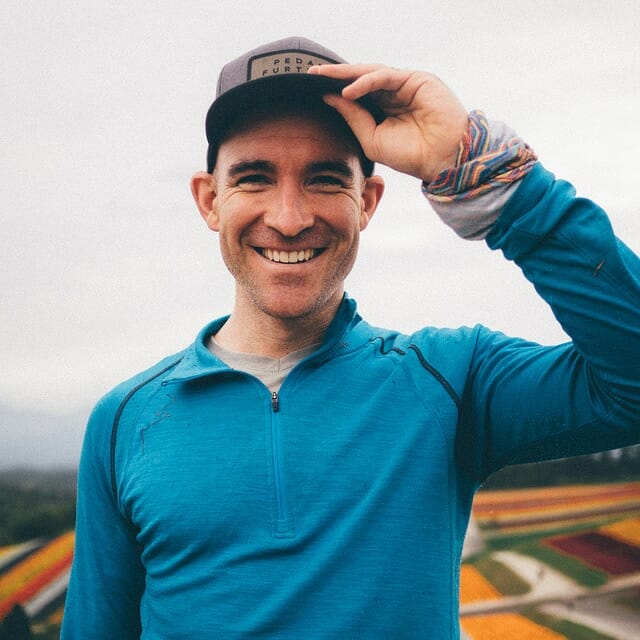






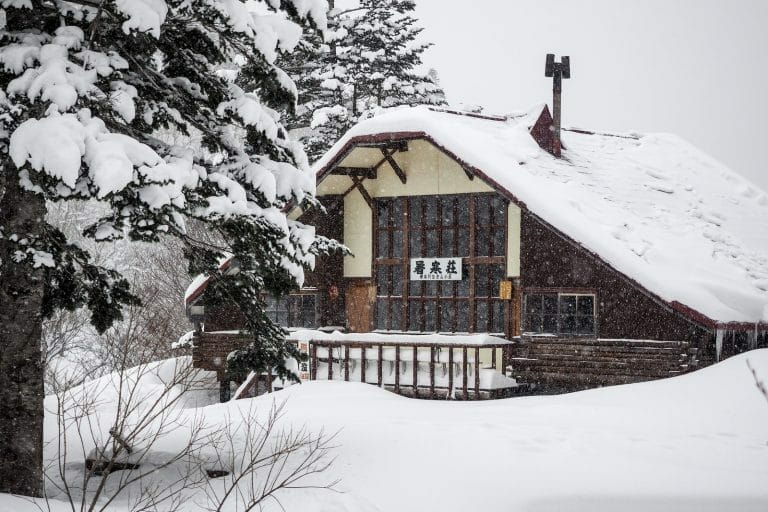
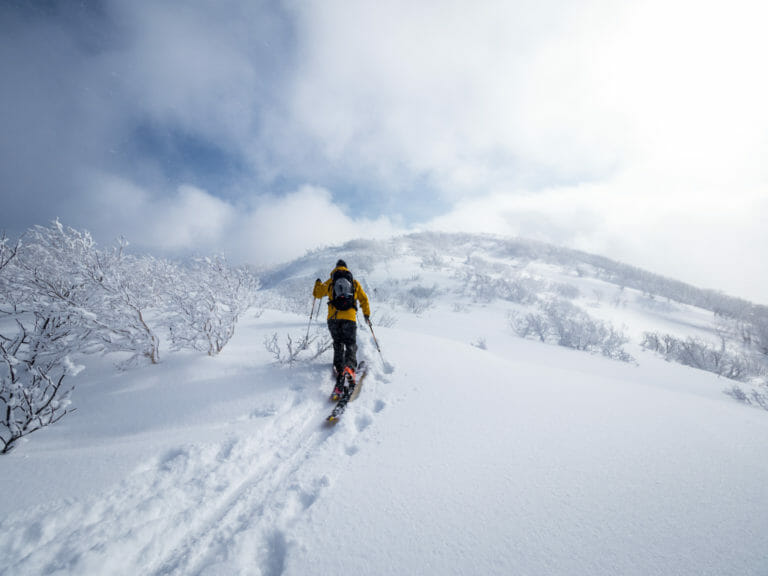

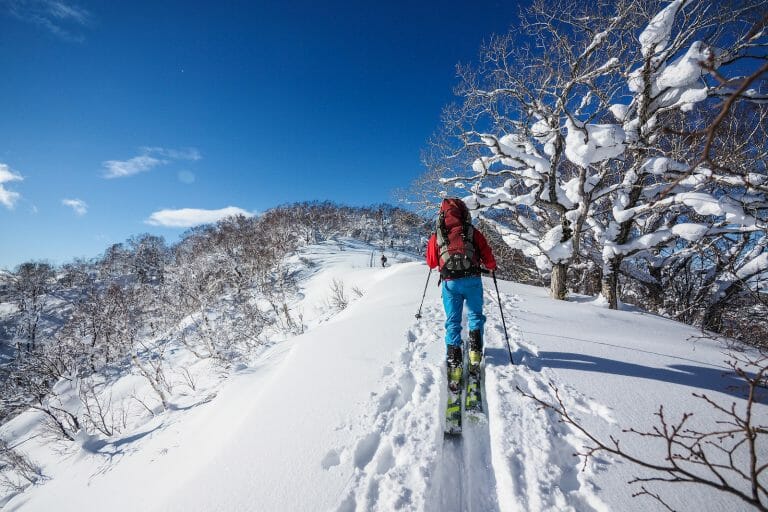
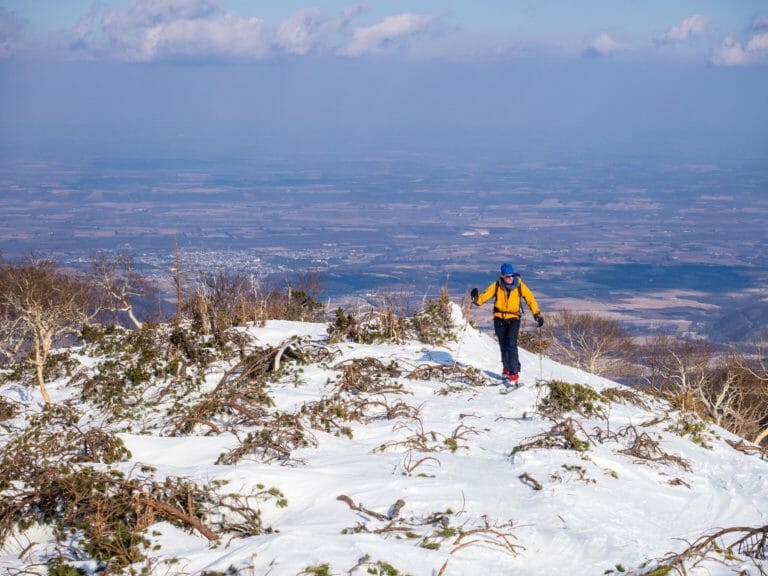



4 thoughts on “Yoichi-dake Backcountry Skiing”
hi rob,
ls there a good place to rent ski, shoes, skins,… on sapporo or near by?
j.
I am in Niseko now I am interested finding a guide to climb Mount Yotei and ski down. Does this Wednesday look like a possible day to make the climb and ski. I have climbing experience and a advanced skier. Please replay ASAP so if I can find a guide reserved if the conditions look good for this Wednesday March 21.
Thanks Sean Gilbert
I don’t have a Japanese sim card in my iPhone so please email with your contact info.
Hey Sean, I’m not a guide – this is just my personal blog. Try Whiteroom Tours (https://www.whiteroomtours.com/).
ive seen this snowshoe skiing nonsense before only in japan.
blows my mind why japan is so far behind in the ski touring game.